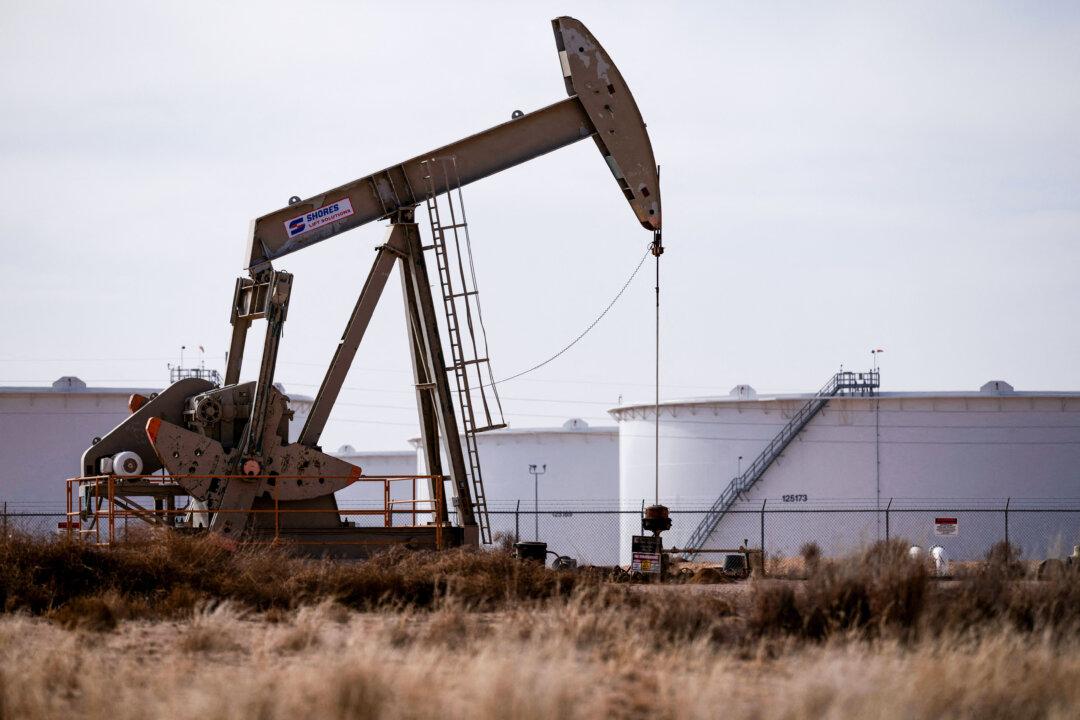Shares of Bed Bath & Beyond dropped drastically on Jan. 5 after the company warned it is considering bankruptcy amid mounting debt and waning finances, noting that there is “substantial doubt” that the retailer will be able to continue.
“While the Company continues to pursue actions and steps to improve its cash position and mitigate any potential liquidity shortfall, based on recurring losses and negative cash flow from operations for the nine months ended November 26, 2022, as well as current cash and liquidity projections, the Company has concluded that there is substantial doubt about the Company’s ability to continue as a going concern,” the company said.
Bed Bath & Beyond said that it is looking into “all strategic alternatives” to avoid going into bankruptcy, including “restructuring or refinancing its debt, seeking additional debt or equity capital, reducing or delaying the Company’s business activities and strategic initiatives, or selling assets, other strategic transactions and/or other measures, including obtaining relief under the U.S. Bankruptcy Code.”
However, the retailer noted that such measures may not be successful.
Shares of the company plummeted by 17 percent in premarket trading and are down 29.88 percent as of early Friday morning.

Financial Performance Impacted by Lack of Inventory
Bed Bath & Beyond said on Thursday that it anticipates a third-quarter loss of $385.5 million after sales declined 33 percent, which it said was in part owing to lower customer traffic and reduced levels of inventory availability.The company expects to report net sales of approximately $1.259 billion for the third quarter of fiscal 2022, down from $1.878 billion a year ago.
Operating costs, however, are expected to be down to $583.6 million compared to approximately $698 million a year ago, which the company said was driven by cost optimization initiatives.
In its previous financial update in the fall, the company said it had liquidity of $850 million but had gone through $325 million in the second quarter.
Analysts have estimated that it will burn through $1.5 billion in cash over the next two years.
“Despite more productive merchandise plans and improved execution, our financial performance was negatively impacted by inventory constraints as we partnered with our suppliers to navigate both micro- and macro-economic challenges,” said Sue Gove, president and CEO of Bed Bath & Beyond. “Reduced credit limits resulted in lower levels of in-stock presentation within the assortments that our customers expect.”

Turbulent Year, Changing Landscape
Gove initially stepped in as an interim CEO in June after former CEO Mark Tritton was fired after sales dropped 25 percent in the first quarter. She has since assumed the role on a permanent basis.“Strengthening our ability to serve our customers will continue to drive our decision-making,” Gove continued. “We are resetting foundational elements to create a stronger and more nimble infrastructure that aligns closely with customer demand and preference. We continue to manage our financial position amidst a changing landscape and work with expert advisers as we consider all paths and strategic alternatives to accomplish our short- and long-term goals.”
The company has had a tumultuous year besides finances and is currently looking for a chief financial officer after executive Gustavo Arnal died after taking his own life in September.





